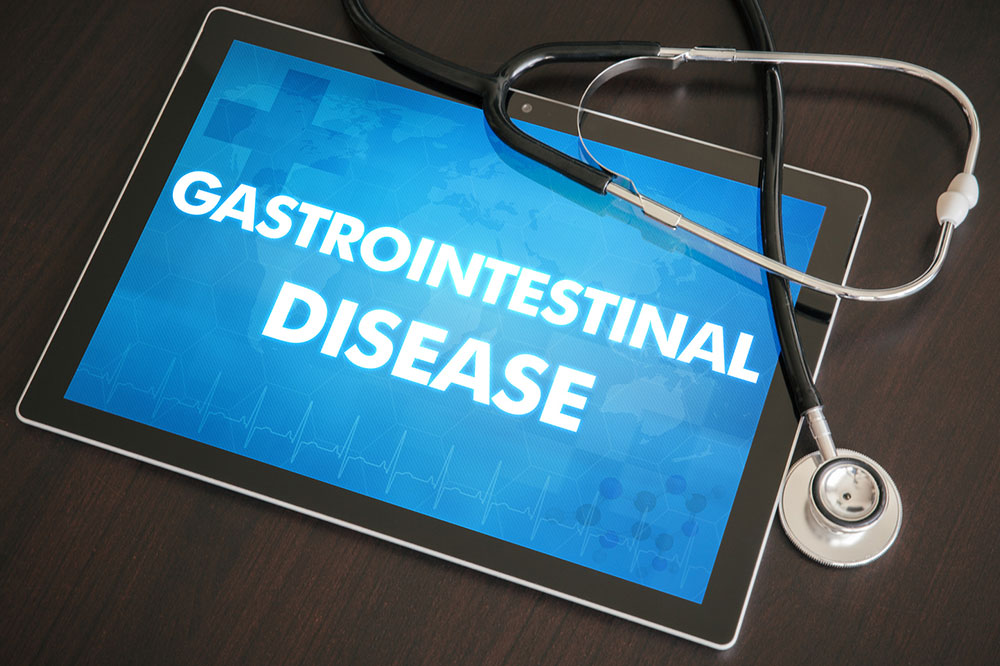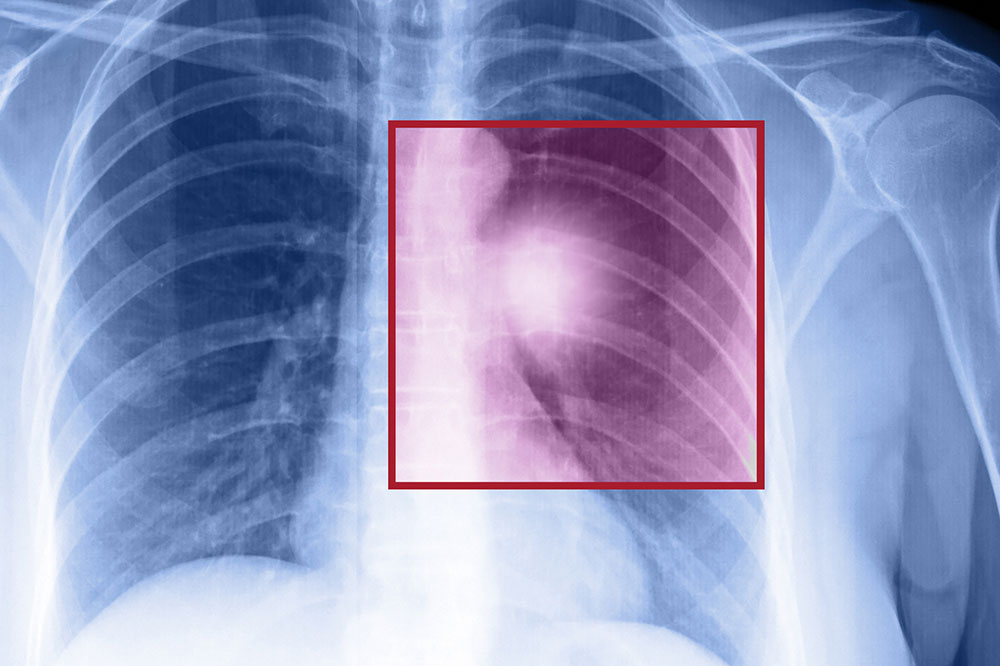A Comprehensive Guide to Gastrointestinal Stromal Tumors: Recognizing Risks and Understanding Prognosis
This comprehensive guide explores gastrointestinal stromal tumors (GISTs), highlighting risk factors such as age, genetic mutations, and inherited syndromes. It discusses symptoms, progression, and prognosis, emphasizing the importance of early detection and targeted treatments to improve survival outcomes. Learn about the latest insights into GIST management and genetic predispositions to better understand this complex form of digestive system cancer.

Understanding Gastrointestinal Stromal Tumors: Risk Factors and Prognosis
Gastrointestinal stromal tumors, commonly known as GISTs, represent a distinctive form of soft tissue cancer that primarily develops within the digestive system. These tumors originate from specialized cells located in the walls of the gastrointestinal tract, most frequently found in the stomach and small intestine. Although GISTs are relatively uncommon, they are significant because they can vary greatly in their behavior, prognosis, and response to treatment. Understanding the nature of these tumors, including the risk factors and prognosis, is vital for early detection and effective management.
GISTs develop from the interstitial cells of Cajal, which serve as the pacemaker cells regulating motility within the digestive tract. While the exact causes of GIST formation are not fully understood, research indicates that genetic mutations play a crucial role. These mutations can be inherited or acquired over time, influencing tumor development and progression. The typical age range for GIST diagnosis is between 40 and 70 years, although cases in younger individuals have also been reported. Recognizing the symptoms and risk factors associated with GISTs can lead to earlier diagnosis, which is critical for successful treatment outcomes.
Key Symptoms and Signs of GISTs
Many patients with GISTs remain asymptomatic during early stages. When symptoms do develop, they often include a combination of the following:
Abdominal swelling or a palpable mass
Persistent nausea and vomiting
Loss of appetite which may lead to weight loss
Gastrointestinal bleeding, leading to dark stools or anemia
Discomfort or pain in the abdominal area
Because symptoms can mimic those of other gastrointestinal disorders, medical evaluation and imaging are necessary for accurate diagnosis.
Understanding Risk Factors for GISTs
While the development of GISTs can occur without obvious cause, several risk factors have been identified that may increase the likelihood of tumor formation. These include demographic, genetic, and hereditary factors:
Age: The risk of developing GISTs rises significantly after the age of 40, peaking around 60 to 70 years old. However, young adults and occasionally children can develop these tumors, especially if genetic predispositions exist.
Gender: Studies have shown a slightly higher incidence of GISTs in males compared to females, although the reasons remain unclear.
Genetic Mutations: Most GISTs are driven by mutations in specific genes, particularly KIT and PDGFRA. These mutations cause abnormal cell growth and survival, contributing to tumor development.
Inherited Syndromes: Certain hereditary conditions significantly increase the risk of GISTs, including:
Familial GIST Syndrome: A rare inherited disorder characterized by familial clustering of GISTs, often associated with mutations in the KIT gene. Individuals with this syndrome tend to develop tumors at a younger age and may have multiple tumors.
Neurofibromatosis Type 1: A genetic disorder caused by mutations in the NF1 gene, which predisposes individuals to develop nerve tumors and GISTs. Patients often also present with skin pigmentation anomalies such as freckles and cafe-au-lait spots.
Carney-Stratakis Syndrome: A hereditary condition involving mutations in the SDH (succinate dehydrogenase) gene complex. This syndrome predisposes individuals to multiple GISTs and paragangliomas, typically presenting early in life.
Other risk factors being studied include prior radiation exposure and certain environmental factors, although these are less clearly defined.
Progression and Prognosis of GISTs
The prognosis for GIST patients varies widely depending on multiple factors, including tumor size, location, mutation type, and whether the tumor has metastasized at the time of diagnosis. Fortunately, advances in targeted therapy, primarily using drugs like imatinib, have significantly improved outcomes for many patients.
Quantitative data on prognosis indicate that the overall five-year survival rate for GIST patients is approximately 83%. If the tumor remains confined and is completely resected without residual disease, the survival rate increases to about 94%. Conversely, if the tumor has spread locally or metastasized to distant organs such as the liver or peritoneum, the prognosis decreases substantially, with survival rates dropping to around 52% at five years.
GISTs that are localized and resectable tend to have a better prognosis, especially when diagnosed early. The use of targeted therapies targeting specific genetic mutations (KIT or PDGFRA) has revolutionized treatment and improved long-term survival in many cases.
Factors influencing prognosis include:
Size of the tumor at diagnosis: Larger tumors tend to have a worse prognosis.
Location within the GI tract: Tumors in the stomach generally have a better prognosis compared to those in the small intestine or other locations.
Mitotic rate: A higher rate of cell division indicates more aggressive tumor behavior.
Presence of metastasis: Distant spread significantly reduces survival chances.
In conclusion, understanding the complex interplay of risk factors and prognosis determinants is essential for managing GIST effectively. Early detection, comprehensive genetic analysis, and tailored therapy plans are key components in improving outcomes for patients diagnosed with this rare but impactful tumor.





